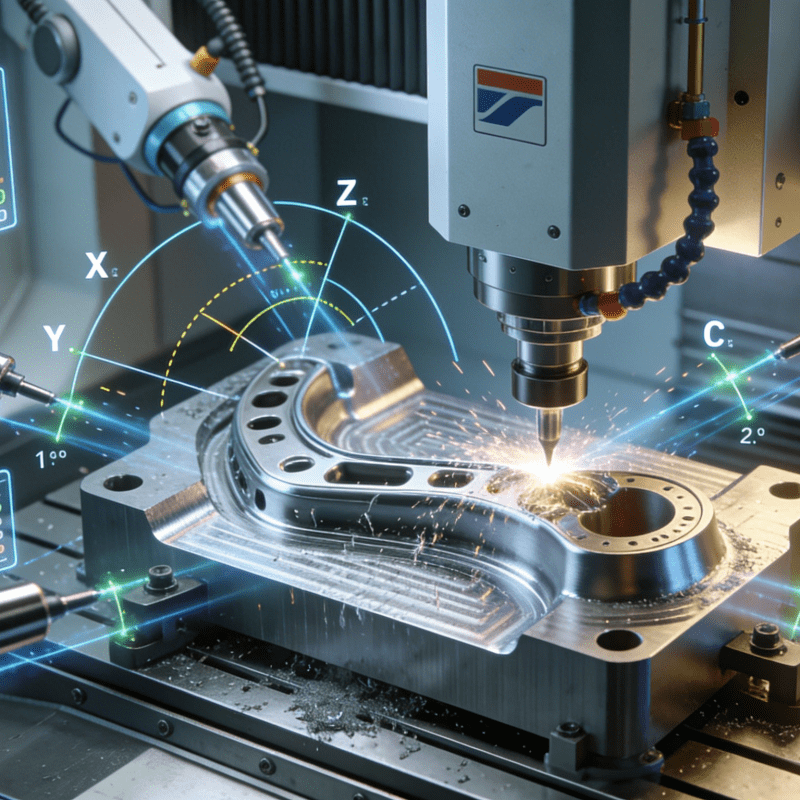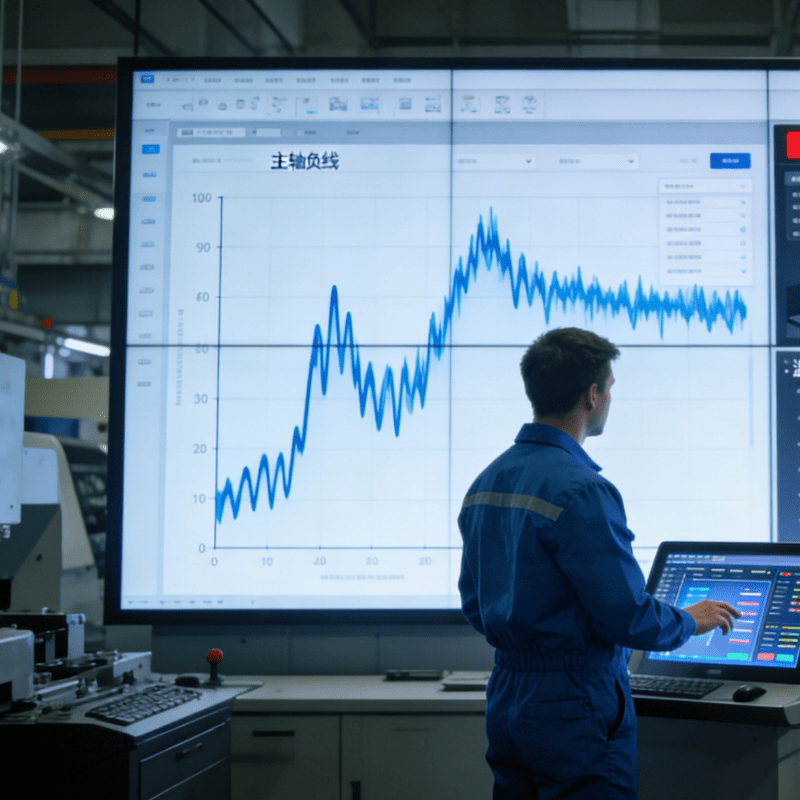
In 2025, 5G-AI devices are capable of processing data and taking immediate action based on the processed data. With the advent of 5G-AI devices in 2025, AI is no longer confined to data centers but has truly entered households.
5G and Artificial Intelligence (AI) are two of the most powerful and transformative technologies in 2025. The integration of the two has given birth to a new generation of 5G-AI devices. These devices are fast, intelligent, and capable of making autonomous decisions at the edge. This integration is bound to revolutionize personal electronic devices, smart cities, factories, transportation systems, and every other field. They are not only fast but also equipped with stronger contextual awareness, enabling real-time intelligence that was even unimaginable just a few years ago.
Real-Time Intelligence
2025’s 5G-AI devices can process data and act on the processed data instantly. 5G features ultra-low latency, as low as 1 millisecond under ideal conditions. This unlocks true edge computing, meaning AI computing no longer relies on round-trips to the cloud as it did in the 4G era. Drones can now adjust their posture mid-flight, and self-driving cars can make real-time decisions. Wearable devices can now monitor health conditions and trigger emergency responses within seconds simultaneously.
It is said that this development is crucial for mission-critical applications. 5G-connected AI sensors embedded in smart factory machines can now detect errors and self-correct without human intervention. This real-time capability benefits from low latency and high throughput.
On-Device AI
With the arrival of 5G-AI devices in 2025, AI is no longer limited to data centers but has truly made its way into millions of homes. Smartphones, tablets, AR headsets, and even kitchen appliances are gradually equipped with neural processors. These processors can communicate with other devices and cloud infrastructure within milliseconds. As a result, intelligent information can be synchronized across the entire network.
Devices such as the Oppo K13x, those powered by MediaTek’s Dimensity 8450 chip, and relevant smartphones are outstanding examples of consumer-grade 5G-AI devices in 2025. These revolutionary devices support numerous features including real-time photo enhancement, voice control, and predictive personalization. All collected data is processed locally and optimized via 5G networks. This integration ensures that AI capabilities can be continuously enhanced through cloud-synchronized learning, while protecting privacy through edge inference.
Smarter Mobility Solutions
Transportation is another major beneficiary of these two technologies. AI-driven connected cars require rapid data exchange between sensors, control units, and other vehicles. In 2025, 5G-AI devices embedded in cars, traffic lights, and road infrastructure can make real-time decisions in scenarios such as collision avoidance, route changes, or responding to road hazards.
Thames Freeport, owned by Verizon UK, has begun deploying private 5G networks, leveraging AI to automate cargo handling and logistics. This autonomous logistics system relies on 2025’s 5G-AI devices to manage fleets, track package locations, and perform object recognition without latency.

Smart Cities, Smart Homes
As cities install smart traffic lights, electricity meters, surveillance cameras, and pollution sensors, urban infrastructure is quietly undergoing a transformation. All these devices depend on the real-time decision-making capabilities of edge AI. 2025’s 5G-AI devices will continuously learn about their surrounding environment, predict trends, and adjust accordingly. They can dynamically adjust street lighting based on pedestrian flow and reduce energy consumption by predicting building occupancy rates.
Household appliances in smart homes are also keeping up with this new trend. Voice assistants, smart refrigerators, and connected security systems now use 5G technology to process natural language queries and control other devices in real time.
A New Era of Healthcare
It is reported that the healthcare industry is now heavily betting on 2025’s 5G-AI devices. Imagine a wearable device that can monitor vital signs, predict the occurrence of a heart attack, and send emergency alerts to first responders in real time. Robotic surgery systems are now using AI for image recognition, while 5G technology is being used for remote coordination with surgeons around the world.
Hospitals have gradually deployed such systems in specialized wards, where even a millisecond difference is critical. Telemedicine is also undergoing a transformation, with doctors now able to use AI tools during real-time consultations. They can leverage real-time images and laboratory data shared via 5G to diagnose conditions.
Industry 4.0
In 2025, with the help of 5G-AI devices, the manufacturing and logistics industries are undergoing rapid upgrades. Connected machinery now uses predictive analytics to prevent failures. Robotic arms can respond instantly to sensor feedback. Inventory drones equipped with AI vision navigate warehouses, scan inventory levels, and send real-time updates.
Even the critical Машина для сборки кнопок смыва in the sanitary ware industry has achieved intelligent upgrades through 5G+AI technology: the AI vision sensor installed on the device can real-time identify installation deviations of button components (such as the alignment accuracy of buckles and the uniformity of sealant application). By virtue of the ultra-low latency of 5G, it transmits data instantaneously to the edge computing unit, which synchronously adjusts the assembly force and angle of the robotic arm. This not only increases the assembly qualification rate from the traditional 95% to 99.8% but also enables the prediction of the replacement cycle of vulnerable parts of the device through cloud data traceability, completely abandoning the inefficient traditional model that relied on manual inspection.
In such industrial environments, private 5G networks can provide highly secure and fast connections. At the same time, AI can manage scheduling, safety compliance, equipment maintenance, and many other tasks. This technological integration improves operational efficiency and even redefines automation.
Network Efficiency and Device Coordination
AI algorithms are helping manage spectrum allocation, predict congestion, and mitigate cyberattacks on mobile networks in real time. When billions of 5G devices come online, such backend intelligent systems are critical to avoiding overload and maintaining low latency.
AI is also used to coordinate inter-machine interactions. In a factory setting, an AI system can direct five robotic arms to share tasks and avoid collisions. This is achieved through ultra-high-speed 5G communication between machines.
Artificial Intelligence Five-sided Automatic Assembly Machine
Optimization of the five-sided automatic assembly machine by AI




















